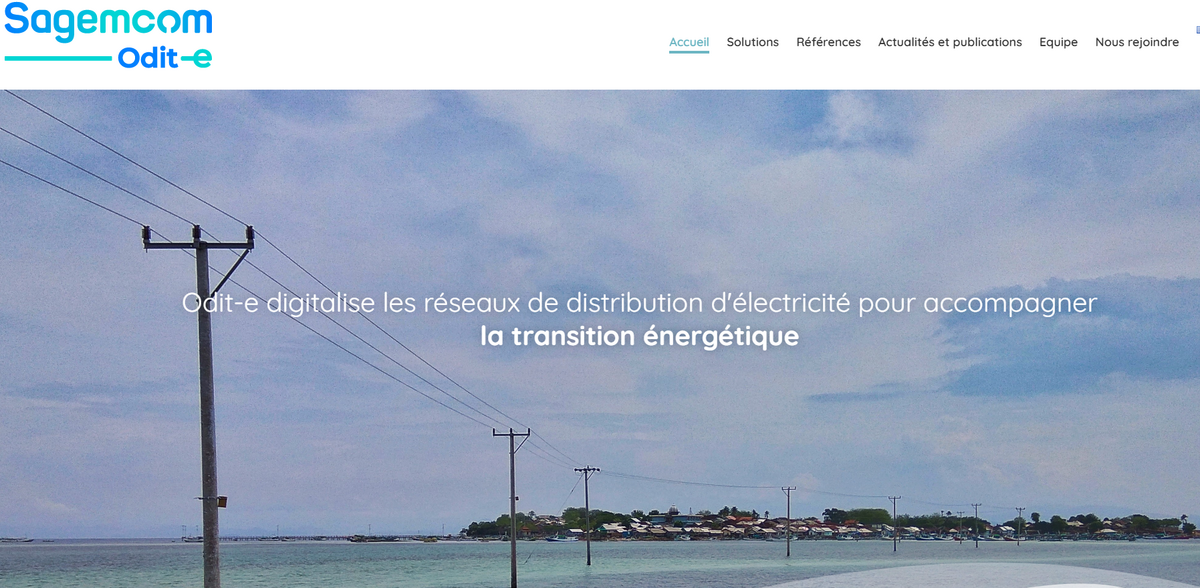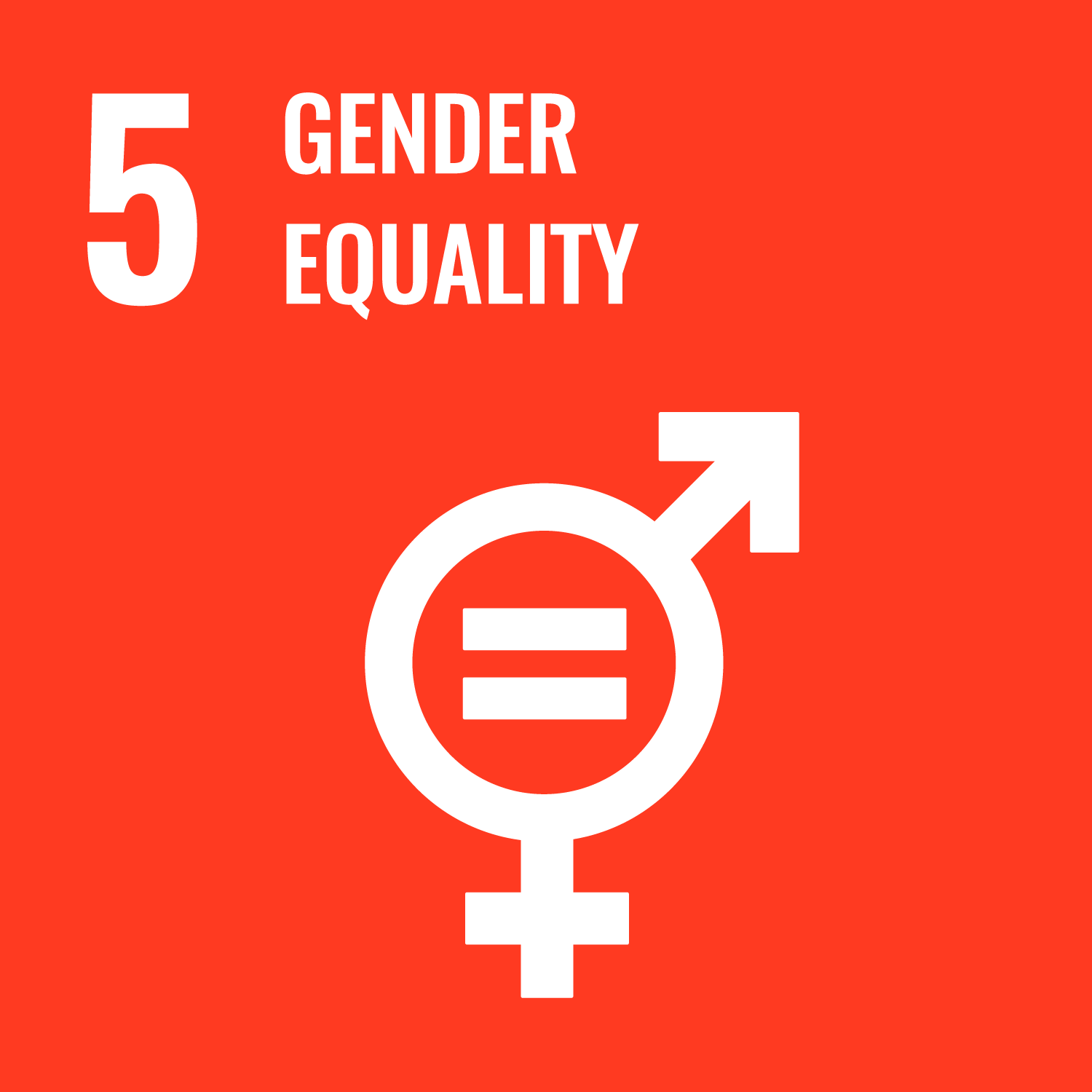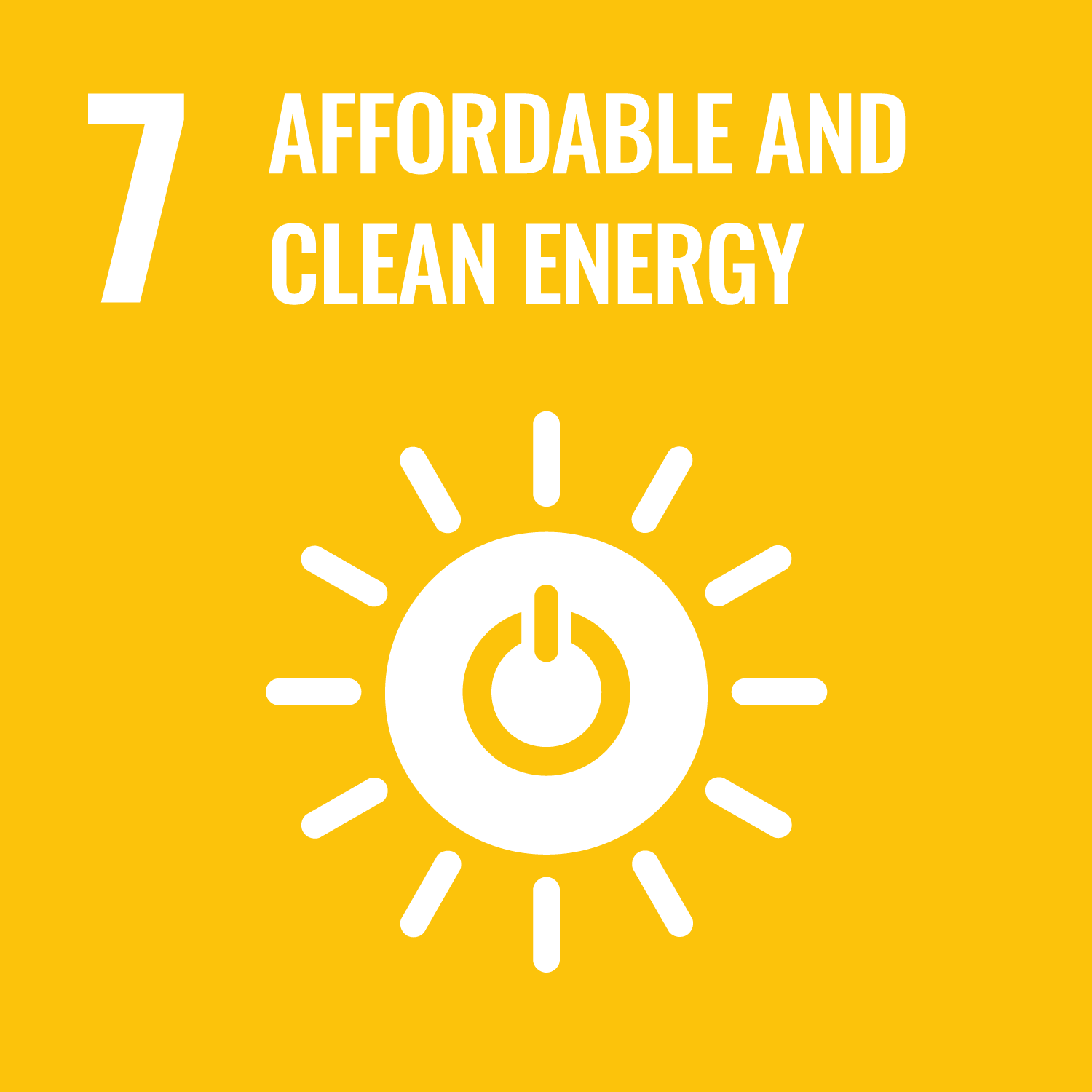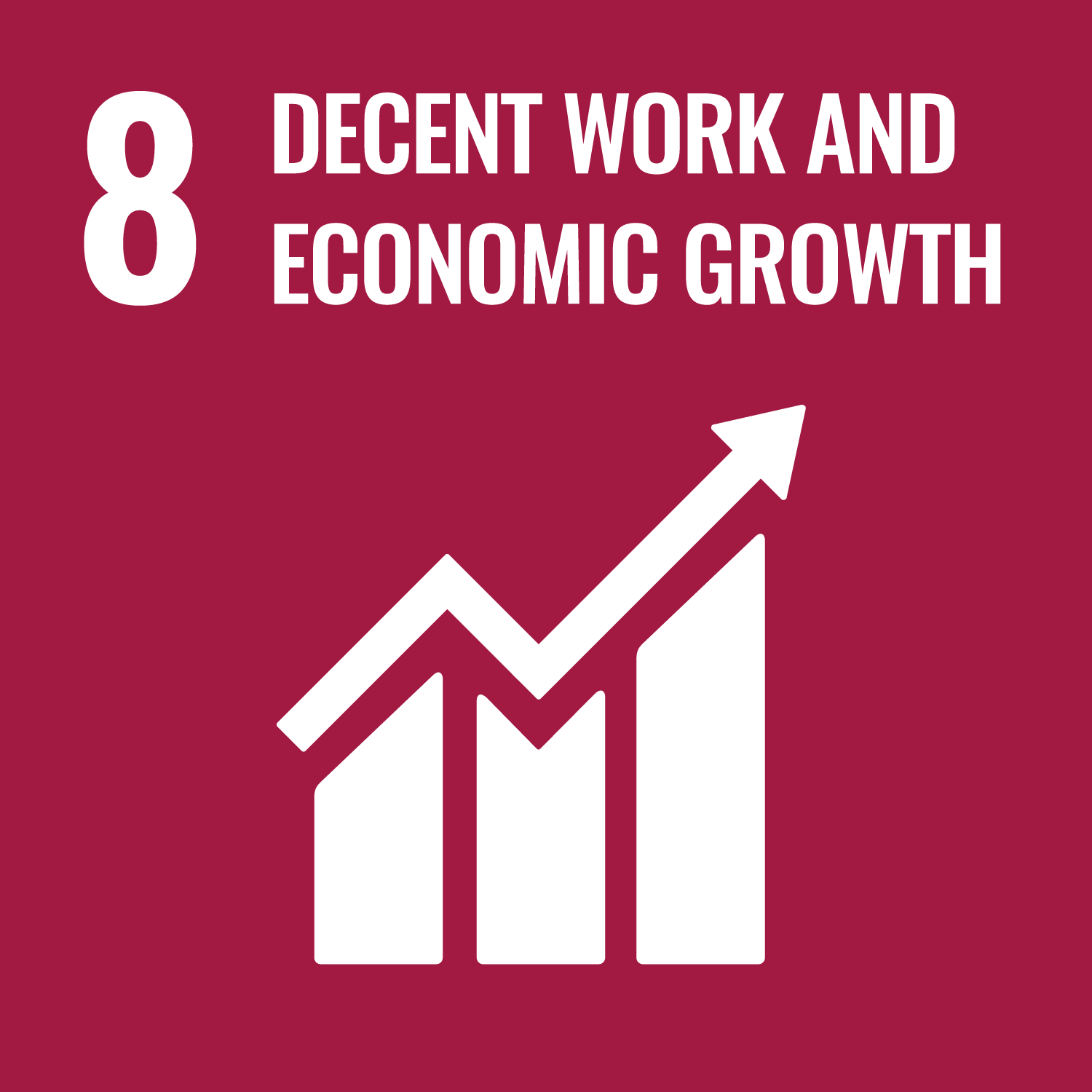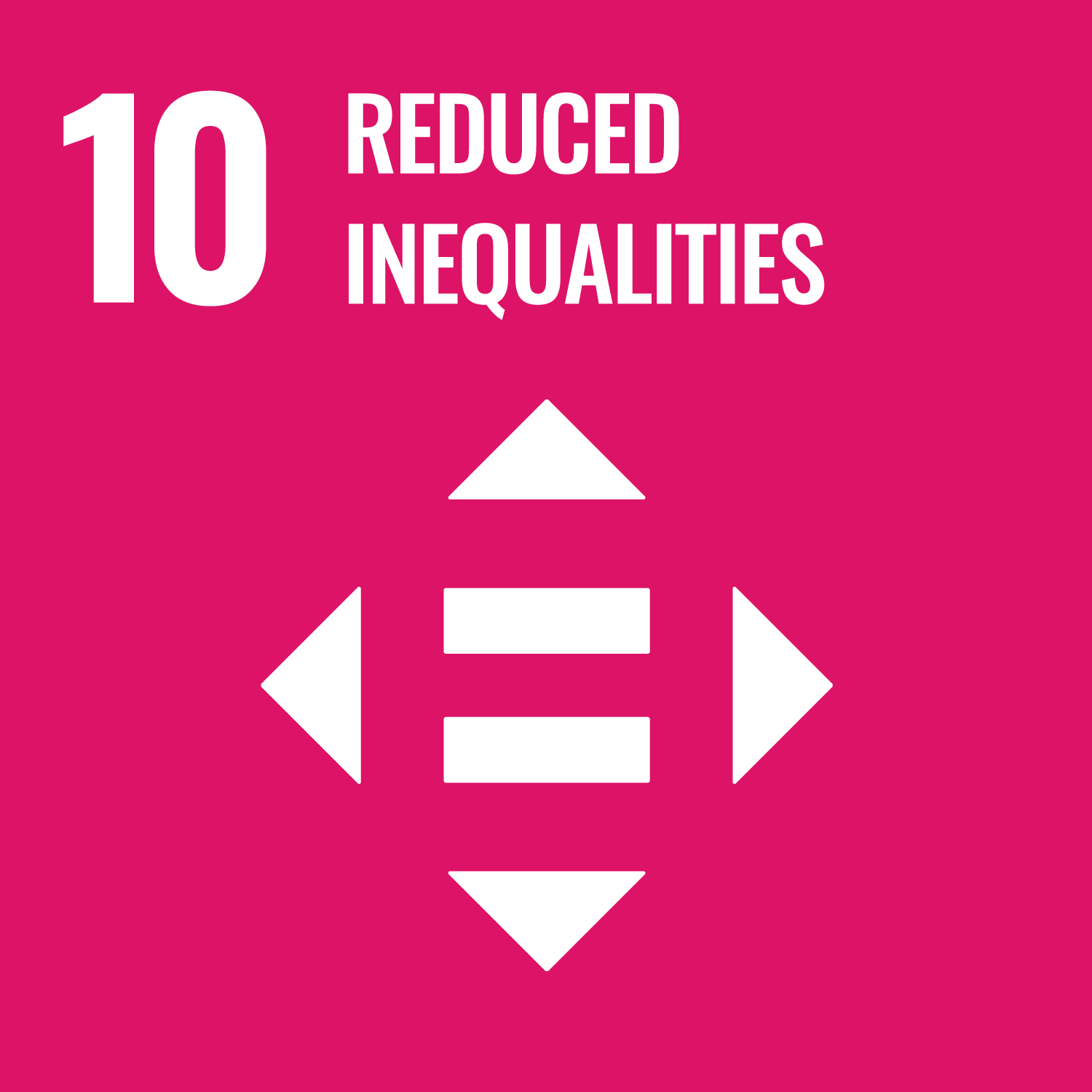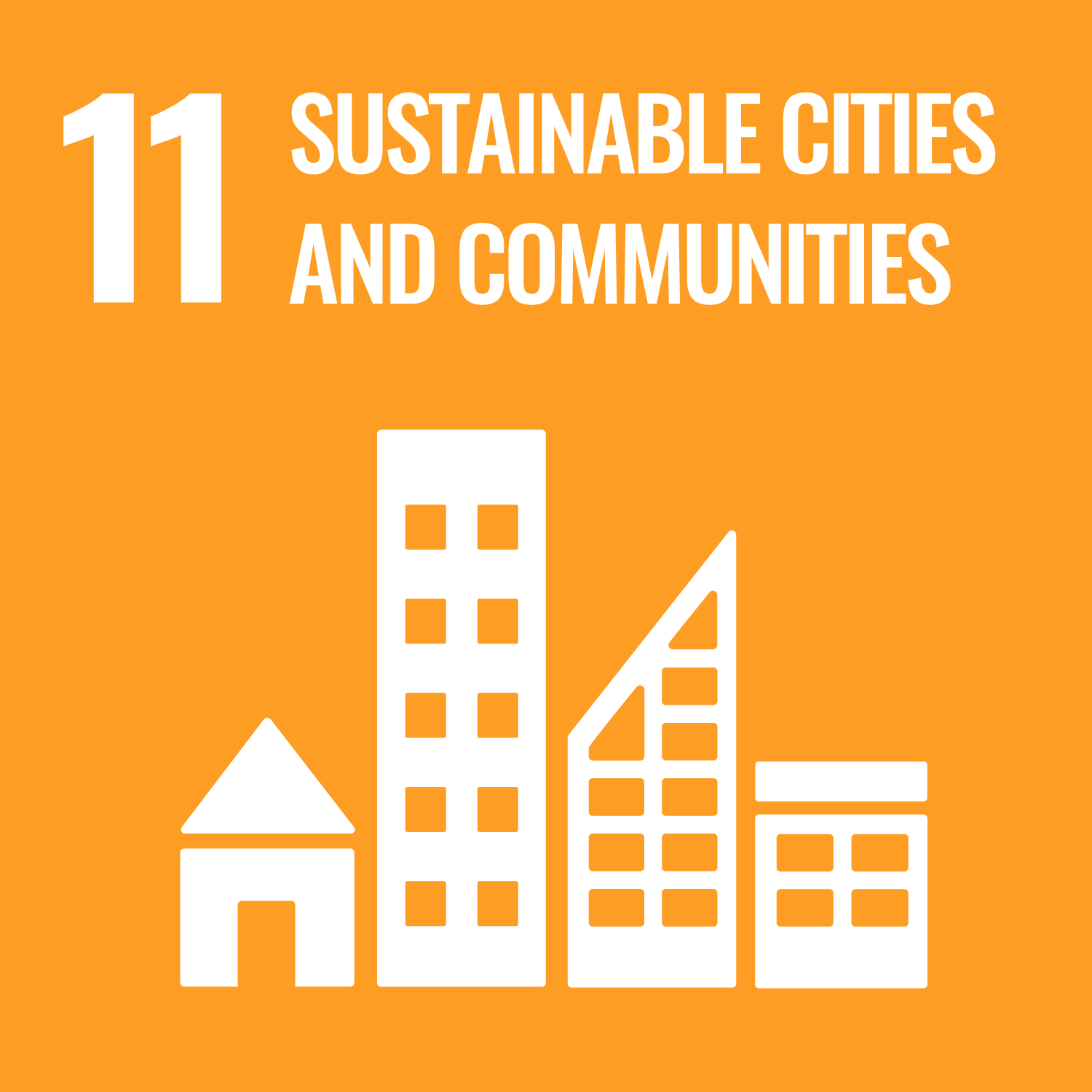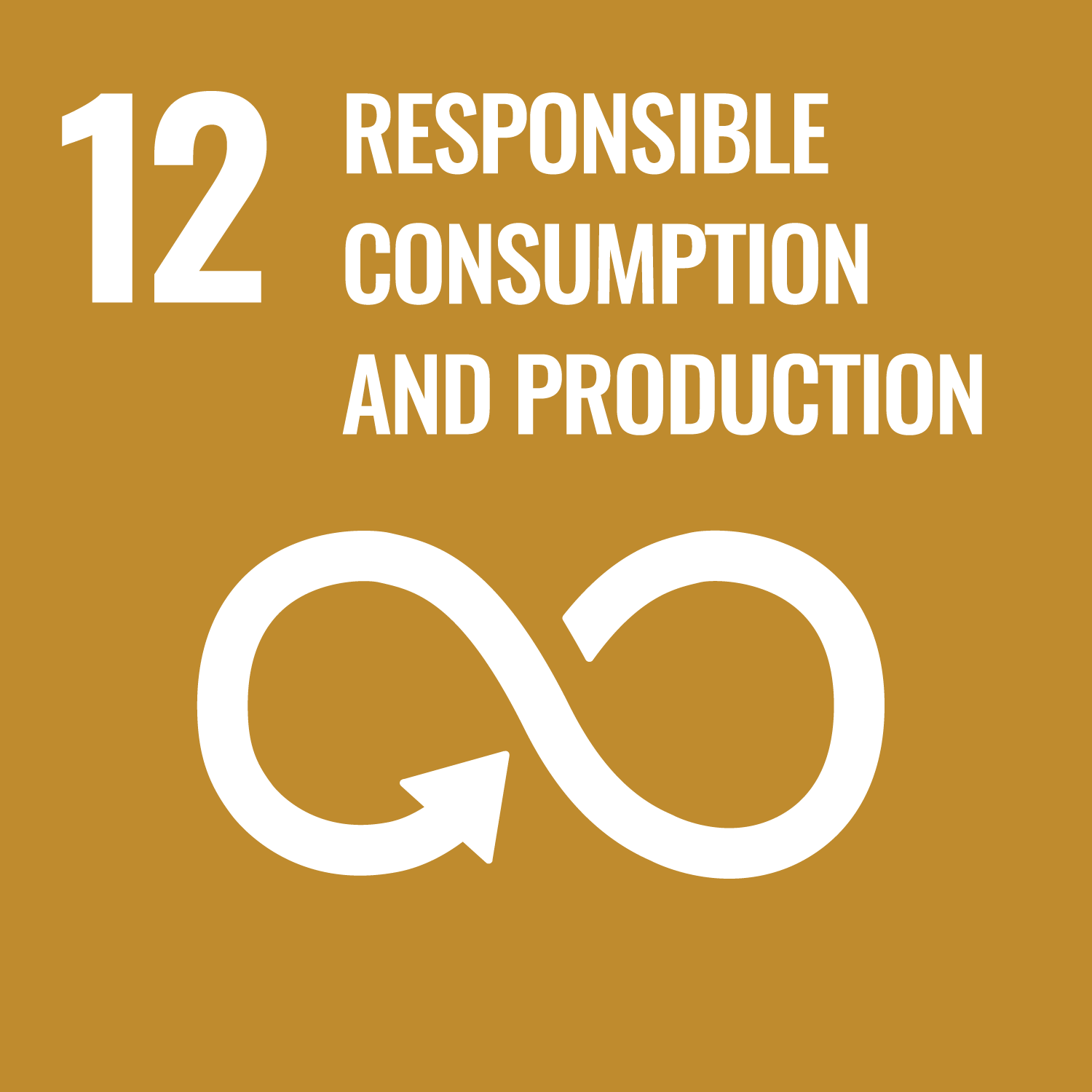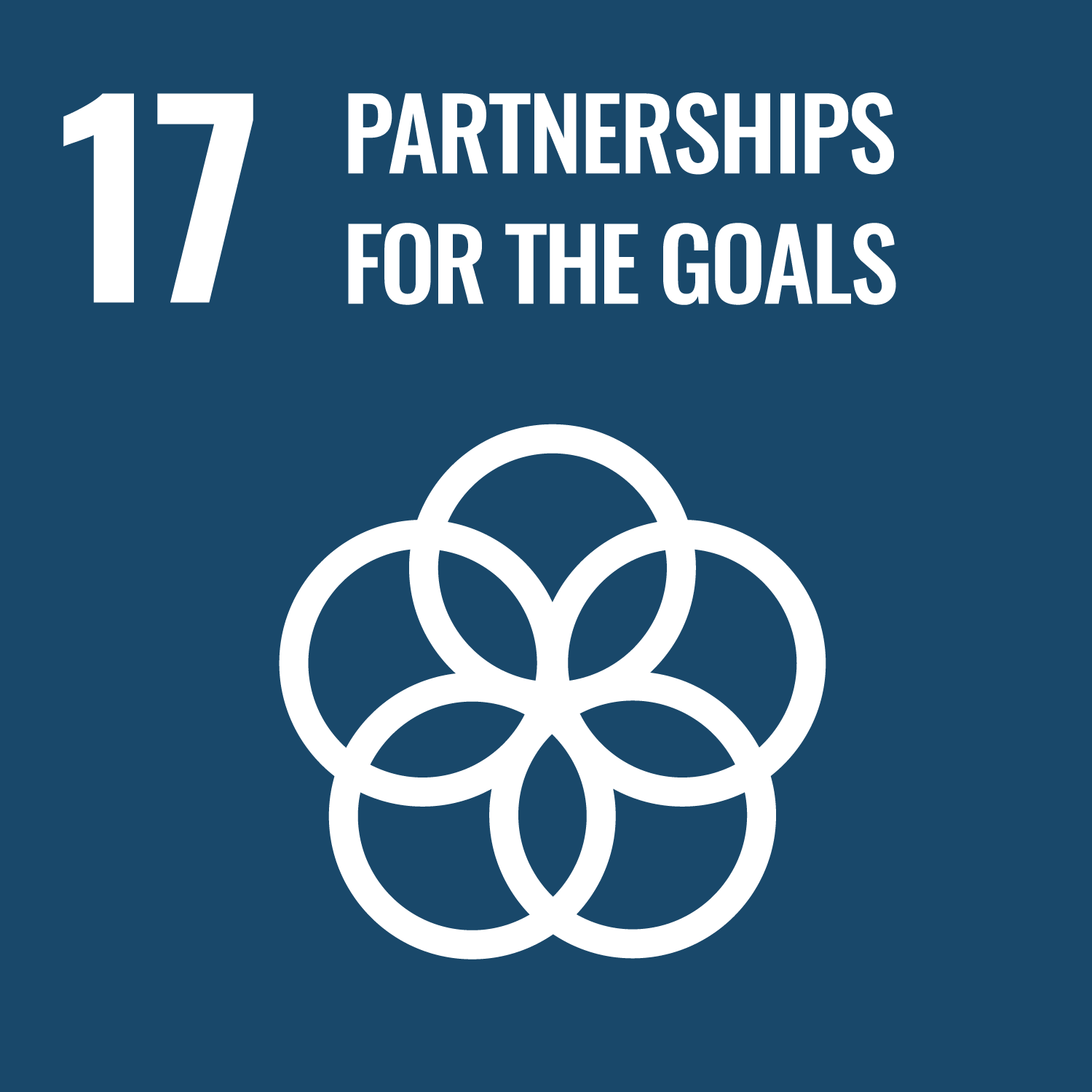What the Project Is
ODIT-E is digitalizing electricity distribution networks to support the energy transition. In a period when public low voltage distribution networks are neither monitored nor remotely controlled, the approach is revolutionary. Instead of traditional methods based on presumed wear, theoretical load curves, and basic planning tools, the project employs cutting‐edge machine learning algorithms that process metering data to automatically digitize utility networks. This process creates a digital twin of the network using only smart meter measurements – no network map, no electrical information, no manual labor to model the network… Simply an innovative blend of dark technical expertise and modern technology.
Main Benefits and Figures
The initiative promises substantial improvements for network management and cost efficiency. Key figures and facts include:
- 70% of immobilized assets within low voltage networks.
- 50% of operating costs generated by these networks.
- 200 GW of photovoltaic (PV) production to be integrated across European low voltage networks to achieve carbon neutrality by 2025.
- 7 million electric vehicle charging stations to be integrated into European low voltage networks by 2050.
- An investment requirement of €300 billion by 2030 for European networks.
- The massive deployment of smart meters: counting in the millions in Europe and Africa by 2030.
Challenges in Low Voltage Networks
Low voltage distribution networks have long been managed with rudimentary approaches. They currently rely on assumptions of equipment wear and crude load curve estimates, leading to oversized infrastructures and escalating costs. These networks are not equipped with modern monitoring or remote control, making it challenging to understand their real-time behavior. The traditional system leaves many uncertainties in how electrical loads, consumer productions, and network flexibilities interact. There is a lot to manage—especially as the networks are increasingly burdened by the integration of renewable energies and electric vehicle charging stations.
Innovative Digital Twin Concept
At the heart of the project lies the creation of a digital twin of the network. This concept involves simulating network behavior in real time based solely on the measurements provided by smart meters. Rating as the unique selling point is the ability to form a complete digital replica without any prior physical documentation or manual input. By combining deep expertise in electrical networks with advanced machine learning algorithms, the digital twin enables digital simulations that offer real‐time visualizations of the network. Such transparency is essential for managing flexible networks and optimizing investments.
Smart Meter Deployment Opportunities
For the first time in the history of electrical networks, the massive deployment of smart meters opens up significant opportunities. These smart meters, deployed in millions across Europe and in emerging markets in Africa, provide network managers with a large-scale observation tool. The constant stream of data collected every day makes it possible to monitor, analyze, and adjust network performance almost instantaneously. It is a chance to transform an old system into a dynamic, data-rich environment that empowers network flexibility and efficiency… a true evolution in the management of electrical distribution.
Project Impact on Sustainable Development Goals
- SDG #7: Affordable and Clean Energy – Contributing directly to reliable, sustainable energy solutions and improved infrastructure in both industrialized and developing countries.
- Enhanced energy management leading to a reduction in avoidable investments and a boost in renewable energy integration.
- Support for urban areas and remote communities by enabling modern, flexible networks for the 700 million people in urban regions and the 600 million in rural areas across Africa.
Enhancing Network Flexibility and Cost Efficiency
The challenge of managing flexible networks goes beyond simple replacement and reinforcement of aging infrastructures. The complexity inherent in low voltage networks, combined with the lack of reliable information, has dedicated many to finding smarter solutions. Here, the digital twin enables digital simulations and real-time visualizations without requiring extra manual efforts. This transparency makes it possible to better understand network behavior, address oversizing issues, and ultimately reduce operating costs. It also paves the way for optimized investments by dispelling the traditional safety coefficients built on outdated assumptions. The result is a forward-thinking approach that balances the integration of renewable production and the dynamic behavior of consumers.

